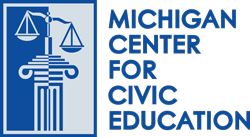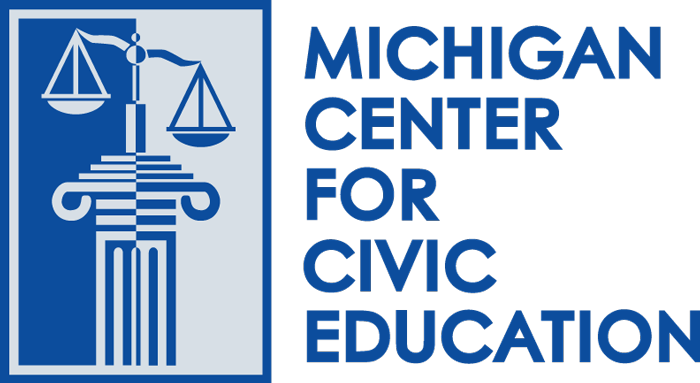In this lesson, students will gain an understanding of the separation of powers using role playing and discussion. Students will identify which parts of the Constitution provide for the branches of our government, and will categorize public officials into one of these three branches.
Civics Lessons
Connecting the Separate Powers
Interpreting the Law
Students learn why laws need to be interpreted by discussing laws/constitutional provisions. They present their findings to the class.
The President’s Roles and Responsibilities: Understanding the President’s Job
Through these activities, students learn about the roles and responsibilities of the U.S. president and their own roles as citizens of a democracy.
What Makes a Court Supreme?
The purpose of this lesson is to help students understand the original purpose and
powers of the Supreme Court according to the Constitution. Students learn the Supreme Court’s role in preserving the U.S. Constitution and the balance of power it creates.
How Should We Choose People for Positions of Authority?
This lesson helps students to identify the requirements of a position of authority and the qualifications a person should possess to fill that position. Students learn a set of intellectual tools designed to help them both analyze the duties of the position and to decide if an individual is qualified to serve in that particular position. During the lesson students practice using the intellectual tools.
Michigan Court System
The lesson includes a read aloud book to teach students about the Michigan Court System.
We the Students: Writing a Class Constitution
The Preamble to the U.S. Constitution sets out the purposes or functions of American government as envisioned by the framers. Using the Preamble as a guide, students will identify the purposes of their own classroom and create a class “constitution.”
A Visitor from Outer Space
Students learn about the Bill of Rights and the Importance of Rights
Colonial Influences
American colonists had some strong ideas about what they wanted in a government. These ideas surface in colonial documents, and eventually became a part of the founding documents like the Declaration of Independence and Constitution. But where did they come from? This lesson looks at the Magna Carta, Mayflower Compact, English Bill of Rights, Cato’s Letters and Common Sense.
A Kid’s Guide to Running for President
Students will read about the election process and correctly put the steps in proper sequence. Students will participate in a debate on an issue that relates to their day-to-day school experience.

